Mixed Waste Separating Equipment-Air Separator by Zhongcheng Equipment
Air separator
1). Working principle
Air separator mainly uses the interaction between materials and air to achieve separation. It is generally based on the difference in physical properties of materials such as density, particle size, and shape. When the mixture of materials and air enters the separation equipment, under the action of airflow, the lighter material particles will be carried by the airflow, while the heavier material particles will settle due to factors such as gravity. For example, in some grain processing industries, a mixture of grains and impurities (such as wheat husks, straw fragments, etc.) is sent to the air separator, the lighter impurities will be carried away by the airflow, and the heavier grains will fall to the bottom and be collected, thereby achieving preliminary cleaning of the grains.
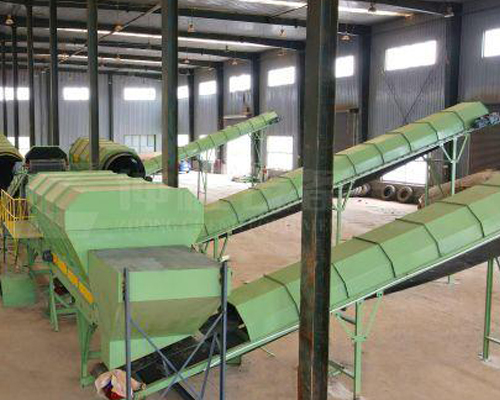
2). Application in industry
1. Mining field
In the mineral processing process, air separators can be used to separate light and heavy minerals in ores. For example, for some ores containing precious metals and gangue minerals, when the ores are crushed into fine particles, the lighter gangue minerals (such as quartz, etc.) can be taken away by the air flow through the air separator, while the heavier mineral particles containing precious metals remain at the bottom, which can improve the grade of the ore and reduce the processing volume of subsequent smelting and other processes.
2. Chemical industry
In the production process of chemical products, some reactions will generate a variety of solid products with different densities. Air separators can separate these solid products. For example, in the process of producing plastic particles, some light additive residues and heavier plastic particles may be produced. Using air separators can effectively separate them and improve the quality of the product.
3. Environmental protection field
When treating solid waste, air separators can be used to recover valuable components. For example, in the treatment of electronic waste, some metals and plastics and other materials are mixed together. Through air separators, lighter plastic fragments can be separated for further recycling, while heavier metal parts can be collected and processed separately to achieve resource recovery and waste reduction.
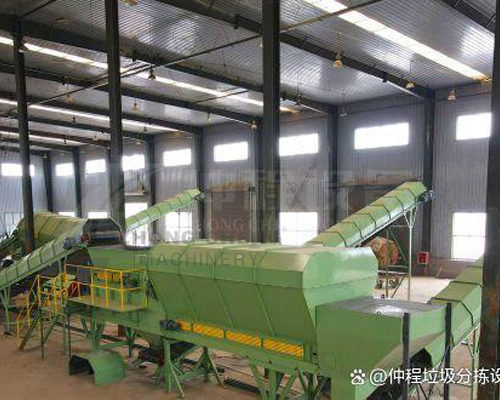
3).Advantages
1. High separation efficiency: It can effectively separate different materials quickly and accurately according to the differences in physical properties such as density, particle size, shape, etc., greatly improving production efficiency and product quality. For example, in mining, it can efficiently separate ore from gangue to improve the grade of ore.
2. Wide range of applications: It can handle various types of materials, including powder, granules, block materials, etc., and has a wide range of applications in different industries such as mining, chemical, food, pharmaceutical, agriculture and other fields. For example, it can be used to separate impurities in grains in the food industry, and it can be used to grade pharmaceutical raw materials in the pharmaceutical industry.
3. Strong adjustability: By adjusting operating parameters such as air flow velocity and feed speed, materials of different particle sizes or density ranges can be separated, which can better meet various specific production needs and process requirements.
4. Relatively simple equipment: Some air separators have a relatively simple structure, without complex mechanical transmission devices and vulnerable parts, which reduces the manufacturing cost of the equipment, and are easy to install and operate, and the professional and technical requirements for operators are relatively low.
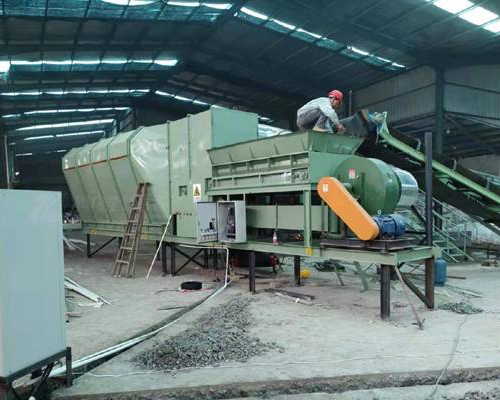
5. Low maintenance cost: Since there are fewer moving parts in direct contact with the material in the equipment and less wear, the maintenance workload and maintenance cost of the equipment are relatively low, which reduces the downtime of equipment failures and improves the continuity of production.
6. Good environmental performance: Air separators usually adopt physical separation, and do not require the addition of chemical agents, which avoids the pollution of chemicals to the environment and the impact on material quality, and meets environmental protection requirements.
4). Model
| Air separator 800 | Air separator 1200 | Air separator 1600 | |
| Feeding Belt Width | 800mm | 1200mm | 1600mm |
| Air volume | 8000-19000 m³/h | 12000-29000 m³/h | 15000-35000 m³/h |
| Full pressure | 2500Pa | 2500Pa | 2500Pa |
| Power | 38kw | 42kw | 55kw |
| Throughput | 20-30 m³/h | 30-50 m³/h | 50-70 m³/h |
-
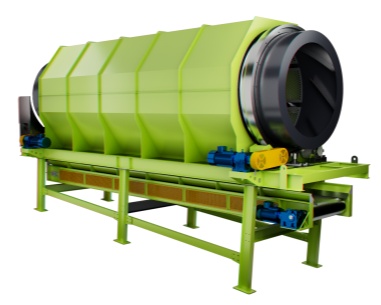 Trommel screenTrommel screen, also known as drum screens, are widely used in various industries for sorting and separating materials.Get Quote
Trommel screenTrommel screen, also known as drum screens, are widely used in various industries for sorting and separating materials.Get Quote -
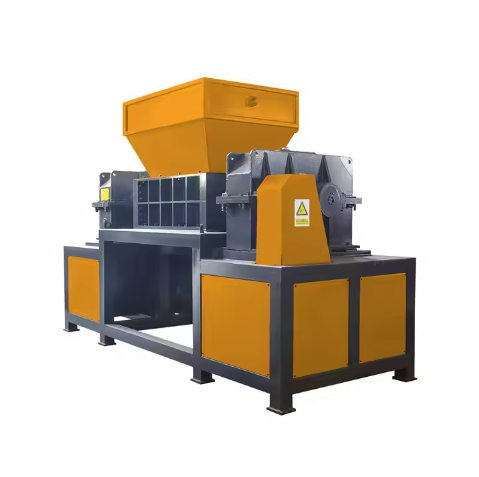 Crop straw double shaft shreddApplications:Biomass Energy Production: Shredded straw can be used as a feedstock for bioenergy plants to produce electricity or heat.Livestock Feed: Reduced-si...Get Quote
Crop straw double shaft shreddApplications:Biomass Energy Production: Shredded straw can be used as a feedstock for bioenergy plants to produce electricity or heat.Livestock Feed: Reduced-si...Get Quote -
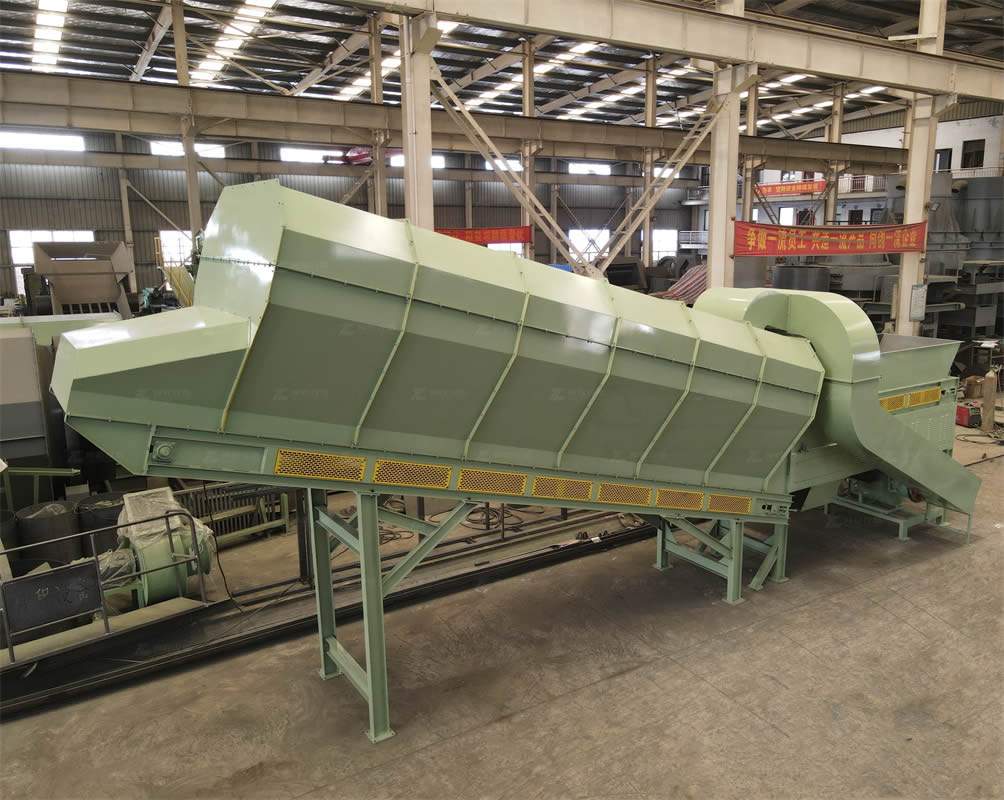 Zhongcheng Air Drum SeparatorAir drum separators effectively separate lightweight materials (e.g., plastics, paper) from heavier materials (e.g., metals, glass). This high efficiency is cru...Get Quote
Zhongcheng Air Drum SeparatorAir drum separators effectively separate lightweight materials (e.g., plastics, paper) from heavier materials (e.g., metals, glass). This high efficiency is cru...Get Quote
-
2024-07-10msw trommel screen for waste recycling machineThis equipment is suitable for the particle classification process in all walks of life:The equipment is simple, easy to operate,and can be operated with a larg...
-
2024-08-22Medical waste shredderWorking Principle:Feeding Mechanism: Medical waste is fed into the shredder through a hopper or chute. The feeding mechanism ensures that the waste is introduce...
-
2023-01-12Waste Baler For MSWHigh density solid waste balers are the final step before sending waste to landfill. Horizontal balers designed and manufactured for this difficult job and prov...
-
2024-05-29Landfill stale garbage screening projectAfter communicating with our domestic customers in Shandong Province, we learned that he needed to dispose of the garbage in the landfill through excavation, sc...
-
2023-01-11Ballistic SeparatorBallistic separators are a crucial component in modern recycling and waste management systems, contributing to more efficient resource recovery and environmenta...



